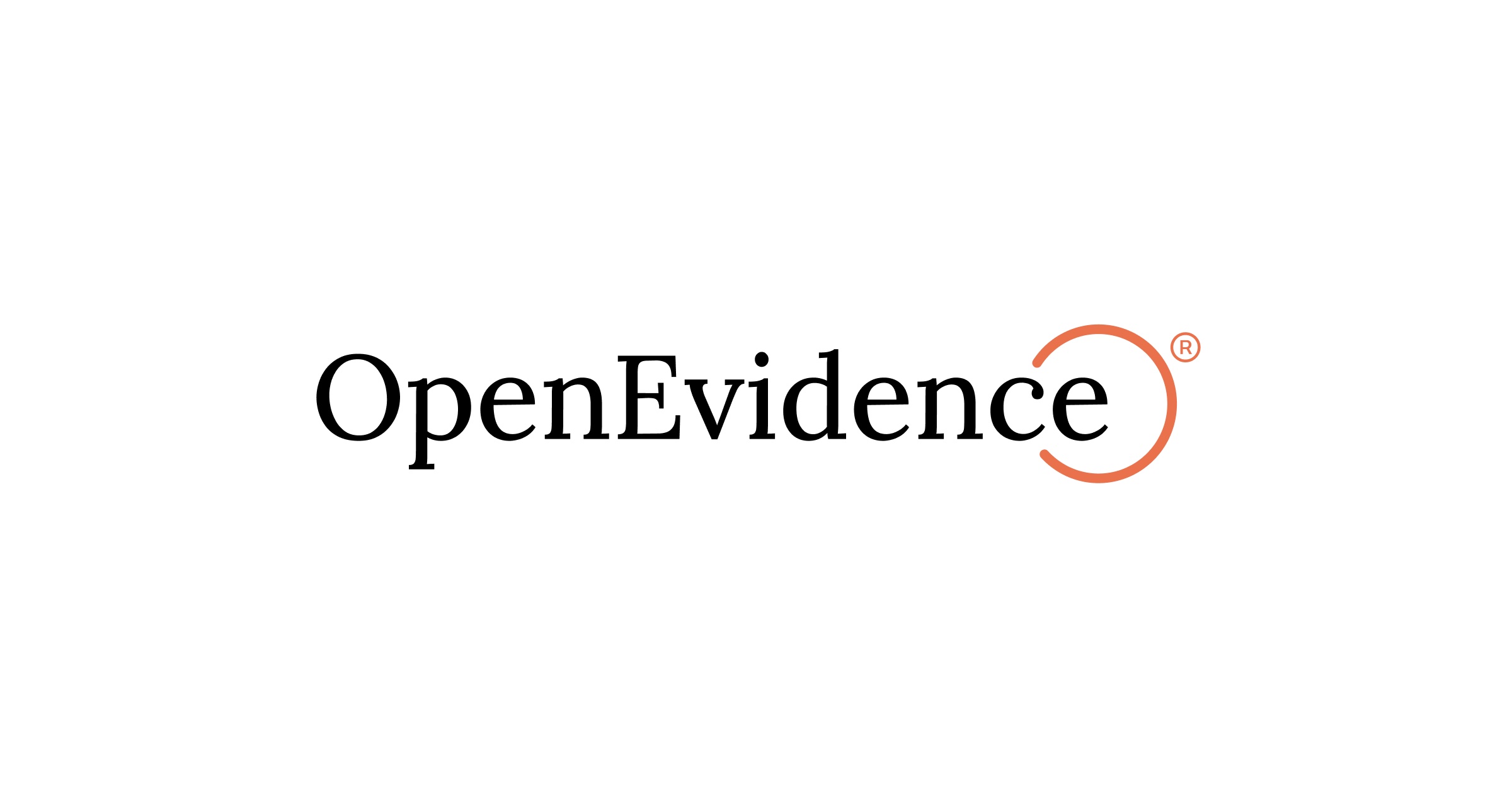OpenEvidence raises $75M to become the ChatGPT for doctors
The healthcare-focused chatbot startup OpenEvidence has secured $75 million in funding from Sequoia Capital Operations LLC. This recent investment values the company at over $1 billion. The total funding raised by OpenEvidence now exceeds $100 million, with initial funding coming from the founder and angel investors.
Revolutionizing Healthcare with AI Chatbot
Founded by Daniel Nadler, OpenEvidence has developed a generative AI chatbot tailored for doctors, aimed at assisting them in making informed decisions about patient care. The chatbot has gained popularity among U.S. doctors, with approximately 25% already using the platform.

Nadler describes the OpenEvidence chatbot as similar to ChatGPT but with responses that are more precise and reliable. This is attributed to the chatbot being trained exclusively on reputable medical journals like The New England Journal of Medicine, which ensures the accuracy of information provided.
Unique Features and Business Model
One of the key attractions of OpenEvidence is its free-of-charge accessibility, funded solely through advertisements. The company has not heavily invested in marketing, relying instead on word-of-mouth promotion among doctors, especially those working closely in hospital environments.
Sequoia partner, Pat Grady, highlighted OpenEvidence's rapid adoption among doctors, drawing parallels to consumer internet companies. The chatbot's user-friendly interface and effectiveness have led to quick acceptance and continued usage within the medical community.

Future Plans and Partnerships
With the recent funding, OpenEvidence aims to enhance the capabilities of its AI chatbot. The company has already initiated a strategic partnership with The New England Journal of Medicine and is looking to collaborate with other renowned medical publications to further improve its services.
According to Nadler, the integration of AI in healthcare, as demonstrated by OpenEvidence, will alleviate the burden on overworked doctors and address the looming shortage of physicians in the U.S., benefitting the healthcare industry as a whole.




















